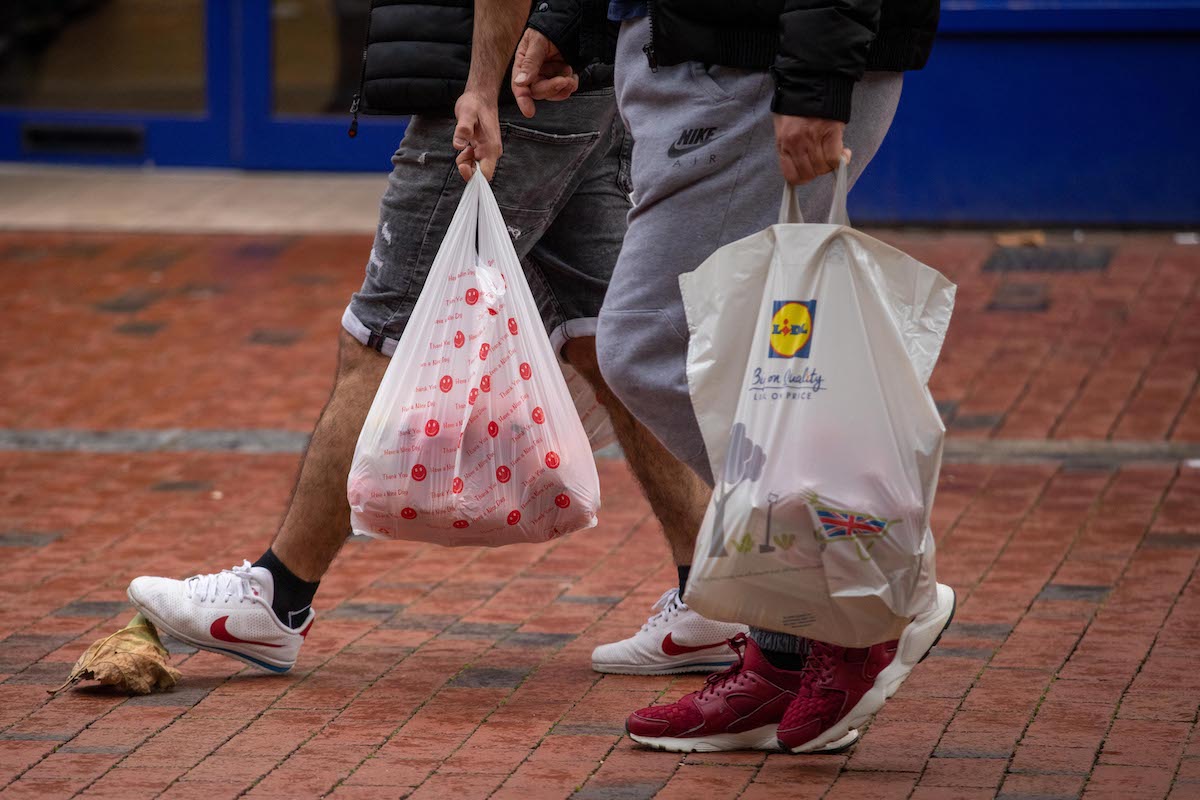Metro forms special anti-littering squads to curb littering at stations
Spitting gutkha or betel juices at the city Metro premises could now cost Rs 500 to the visitors.
Narain said, “Implementation of the ban will be the key.The ban on plastic carry bags, for instance, is not novel. As many as 25 states and Union territories have already banned them, as per the latest report of the Central Pollution Control Board. While states say it is difficult to regulate this item based on plastic thickness, it is clear that the enforcement is inadequate.”

Photo: File photo
As India bans single-use plastic from 1 July, the Centre for Science and Environment (CSE) while welcoming the step has shown concern over its implementation.
Sunita Narain, Director General, CSE said: “Even as we believe that this ban is too limited, we have to admit that it is a critical step towards controlling the menace. We do not need to be warned about the problem. We live it every day. Our cities are littered with non-biodegradable plastic material, and it is greatly adding to environmental stress and degradation.”
However, Narain added, “Implementation of the ban will be the key. The ban on plastic carry bags, for instance, is not novel. As many as 25 states and Union territories have already banned them, as per the latest report of the Central Pollution Control Board. While states say it is difficult to regulate this item based on plastic thickness, it is clear that the enforcement is inadequate.”
Advertisement
“One of the main concerns with the ban is the fact that the list of banned items is not comprehensive,” says Siddhartha Singh, programme manager, Solid Waste Management unit, CSE.
For one, the list does not include multi-layered packaging (MLP). CSE researchers point out that MLP is used in almost all fast-moving consumer goods, from chips to shampoos to gutka pouches.
Says Narain: “This is the real menace when it comes to plastic contamination, because these items are almost impossible to collect and absolutely impossible to process. The only thing that can be done with this packaging material is to send it to cement plants for incineration.”
The government says that all packaging material has been included as part of the extended producer responsibility (EPR) notification.
Under this, the companies that manufacture or consume this material are required to take it back and send it for reprocessing – in fact, annual targets have been fixed for companies on how much is to be recollected.
Narain points out that while this “sounds good on paper, there are huge problems in the way EPR has been designed or is being implemented. For instance, there is no information on the quantity of this plastic material or the waste the company generates. Not only is it based on self-declaration, but there is nothing available in the public domain to assess its accuracy. This means the target that has been set for each company is meaningless”.
She said that the way ahead is to ensure that plastic items are recycled or disposed of safely. “For this, we need a three-pronged strategy. Firstly, all the plastic produced and used should be collected for disposal. Secondly, the waste plastic must be recycled or incinerated; it should not reach landfills or choke our waterbodies,” she said.
The environmentalist further said, “Thirdly, the reuse or disposal has to be in a manner that is environmentally friendly and does not end up creating more pollution or health hazards. But most importantly, those plastic items that are difficult to collect or recycle should be eliminated from use. This is where the current ban, however limited, fits in.”
In an August 2021 notification, the Union ministry of environment, forest and climate change (MoEFCC) had defined single-use plastic commodities as “plastic items intended to be used once for the same purpose before being disposed of or recycled”.
The notification had also put forward a plan for phasing out 21 selected single-use items.
The ban that comes into effect this year will cover all these items, which include plastic carry bags (less than 75 micron in thickness, to be revised to 120 micron in December 2022), earbuds, plastic crockery items (spoons, plates, glasses etc), straws, and certain kinds of plastic packaging material.
Advertisement